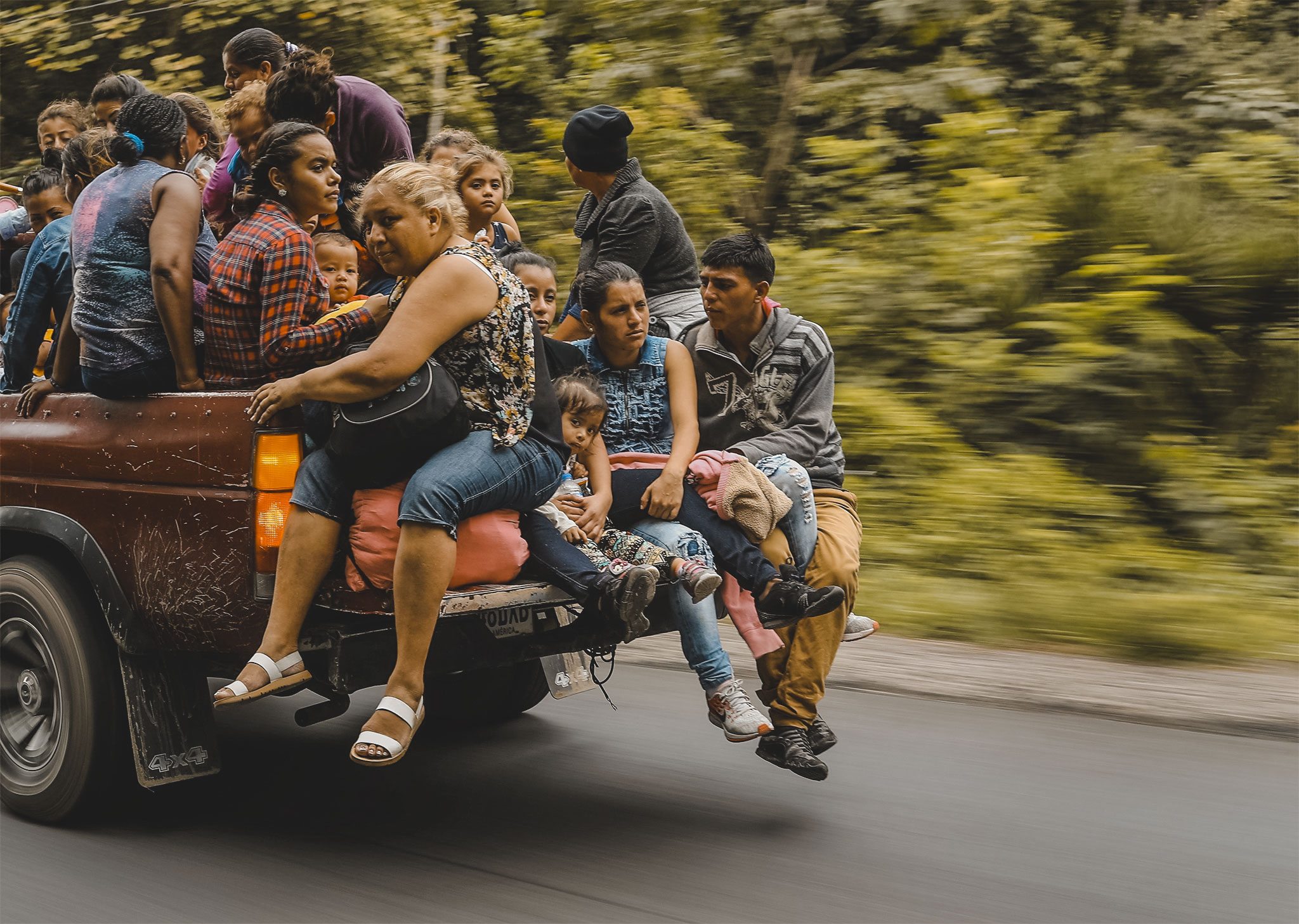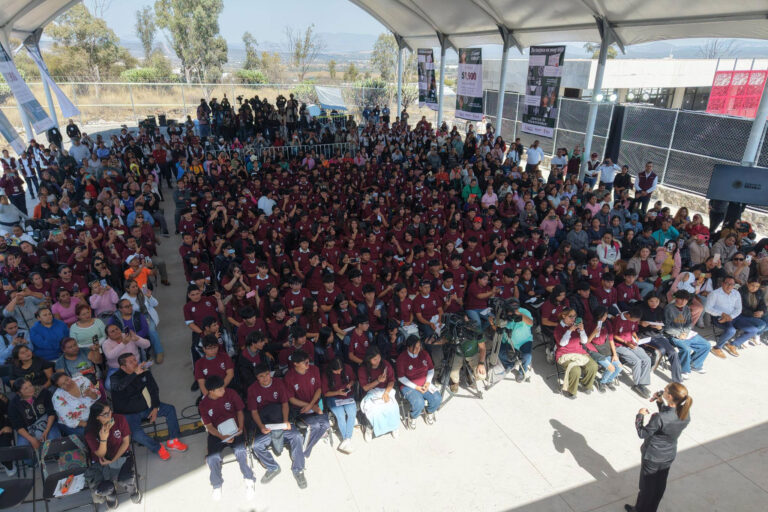Migrant Extortion
This editorial by Jorge Durand appeared in the July 28, 2025 edition of La Jornada, Mexico’s premier left wing daily newspaper.
More than a decade ago, a migrant support organization handed over all the information on transfers made by the families of migrants who had been extorted in Mexico. With this data, the investigation was supposed to be relatively easy. The information included the location of the branch where the payment was made, the name of the cashier, the amount, the name of the recipient, and the required official documentation. Nothing was done.
The new anti-extortion bill emphasizes the situation affecting merchants, which is highly relevant. Extortion and protection money are the cancer of any development project, and the worst part is that it’s a type of cancer that immediately metastasizes. If rent is the biggest problem for any business, now we have to add extortion to the mix. Hundreds of initiatives and ventures fail due to the costs and risks posed by extortion.
But the issue goes beyond merchants. Mexico is notorious worldwide for kidnapping and extortion of migrants. It’s said that crossing through Mexico is worse than crossing the Darién Gap, due to the constant uncertainty and the possibility of falling into the hands of organized crime, which trades on extortion.
A significant portion of the billions of dollars that flow into the country in remittances are received by migrants in transit, who cannot carry cash, lack credit or debit cards, and constantly ask for a transfer.
Currently, the most important tools for any migrant are a cell phone for communication and a money transfer service to access funds at any point along the route. And that’s where extortion and the migration business come in.
In the 2021 tractor-trailer accident in Chiapas, which killed more than 50 migrants, the Guatemalans were reported to have paid $13,000 for the entire package, which included transport in a truck bed from Chiapas to the border. If the truck carried 160 migrants and for that trip from Chiapas to the border, we conservatively assume $6,000 was paid per person, the profit being more than $1 million for a 48-hour tractor-trailer trip.
The National Population Council’s migration intensity index classifies the state of Chiapas as Very Low. However, the BBVA study on remittances reports that, in 2023, Chiapas ranked fourth in remittance receipts, after Jalisco, Michoacán, and Guanajuato, which have consistently led the list in terms of the number of migrants. As stated, this is not the case in Chiapas, and a significant portion of the $4.367 billion received by that state is due to transfers received by international migrants stranded in Tapachula and in transit to the United States.
All that money moves through the transfer system, and it’s relatively easy to track down the traffickers because someone receives the transfer and must provide their information. In that same accident, in which two Dominicans died, their families reported the coyotes, and an entire gang of traffickers was captured. The information exists, and the transfer receipts, with all the information, are available as conclusive evidence, but nothing is done.
Generally, foreign migrants in Mexico don’t report their cases, as they risk presenting themselves to the authorities as undocumented, and this isn’t in their best interest. However, they are willing to report their cases once they arrive at their destination and provide all the information.
It’s important that the new law considers extortion to be prosecuted ex officio, without prior complaint, but a series of cases that go beyond extortion of merchants must be expanded and made explicit.
Furthermore, considering that extortion is often carried out via electronic transfers, we need to improve the recording of data not only for those who send money to another country, but also for those who receive it. On one occasion, I sent money to another country, and they had a record that I had previously sent money. I imagine they do this for money laundering. But I don’t know if the same is done with incoming remittances.
In any case, the operations of banks and remittance offices like Western Union and others should be regulated to ensure access to additional information, such as video cameras and other requirements that facilitate investigation and prosecution in cases where they use transfers derived from extortion.
-
The Poor as Instruments, Not Allies
Welfare programs with political aims are not the same as forging political alliances with the impoverished population created by voracious neoliberal capitalism.
-
Florida, the Race for the Presidency & Opaque Capital
Contemporary Florida is the distorted and advanced mirror of a new form of global governance, where money laundering has not only been tolerated, but institutionalized & updated for the digital age, fed by a murky river flowing from the Global South.
-
People’s Mañanera December 22
President Sheinbaum’s daily press conference, with comments on economic achievements, Sonora development plan, extortion of immigrants, Baja California Sur dam, water treaty with US, nepotism loopholes, and García Luna.




